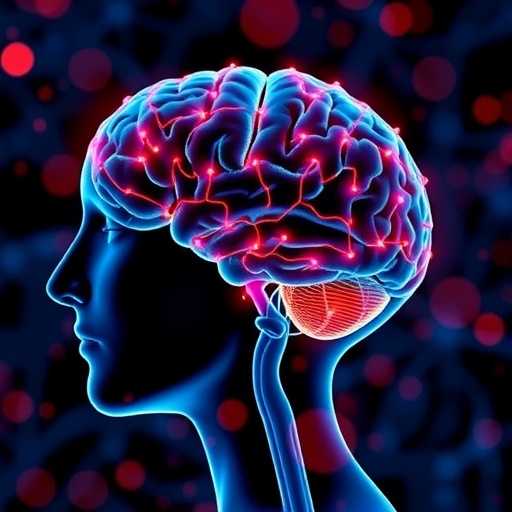(SALT LAKE CITY)–The University of Utah College of Pharmacy's Anticonvulsant Drug Development (ADD) Program has been awarded a five-year $19.5 million contract renewal with the National Institutes of Health (NIH) to test drugs to treat epilepsy, and the major focus of the project is to address needs that affect millions of people worldwide -identify novel investigational compounds to prevent the development of epilepsy or to treat refractory, or drug-resistant, epilepsy.
The ADD program began in 1975 and since then has tested the vast majority of drugs used to control seizures in patients with epilepsy, helping millions of people worldwide. Unfortunately, almost one-third of the estimated 50 million people with the disorder has refractory, or unresponsive, epilepsy that isn't adequately controlled by medications currently available. The contract renewal, awarded through the National Institute of Neurological Disorders and Stroke (NINDS) to the U Department of Pharmacology and Toxicology, represents a shift in the mission to identify new therapies, according to ADD Director Karen S. Wilcox, Ph.D., professor and chair of pharmacology and toxicology and principal investigator of the contract.
"We're proud that over the past 41 years, the ADD program has played a key role in identifying and characterizing many of the drugs now available to treat patients with epilepsy and to control their seizures," Wilcox says. "Now, we're looking for drugs that can modify or prevent the disease, particularly in those patients either with refractory epilepsy or at risk for developing epilepsy following a brain injury."
Epilepsy is a group of neurological disorders characterized by a tendency for repeated seizures over time. It occurs when permanent changes in the brain result in abnormal or excessive neuronal activity in the brain. An estimated 2.9 million people in the United States and 50 million people worldwide have active epilepsy, according the Centers for Disease Control and World Health Organization. There is no cure for epilepsy and the mainstay of treatment is anti-seizure medications.
ADD is a long-standing program dedicated to testing drugs to treat epilepsy. It has received continuous funding from NINDS' Epilepsy Therapy Screening Program (ETSP) (formerly known as the Anticonvulsant Screening Program) since its founding in 1974. In collaboration, the ETSP and the ADD Program have evaluated more than 32,000 compounds. ADD received the contract in a competitive bidding process. The renewal of the contractual relationship between the NINDS and the University of Utah reflects the ongoing commitment of the NIH and the ETSP to finding and developing novel therapies for epilepsy and represents a unique partnership between government, industry, and academia.
"The NIH-NINDS ETSP is pleased to continue the productive relationship with the University of Utah," says Dr. John Kehne, a Program Director at NINDS and head of the ETSP. "These and other efforts supported by the NINDS will help to discover new pharmacotherapies to address the unmet medical needs of people living with epilepsy."
In addition to its focus on evaluating potential candidate drugs for the treatment of therapy-resistant epilepsy, the mission of the ADD Program includes efforts to identify novel therapies for different types of epilepsy. The program also serves as a base for innovative basic research that sheds new light on the pathophysiology of epilepsy and provides a unique training environment for students, research fellows, and visiting scientists. Currently, the ADD program employ18 researchers, technicians, and staff. Cameron S. Metcalf, Ph.D is associate director and a co-Investigator of the contract and Peter J. West, Ph.D., and Misty D. Smith, Ph.D, research assistant professors of pharmacology and toxicology, are also co-investigators on the contract renewal.
Although there currently is no cure for epilepsy, Wilcox, who previously served as a co-Investigator of ADD before taking over as PI in 2016, believes that can be changed.
"The brain has remarkable plasticity throughout a person's life," she says. "If we learn enough about neuroscience and the details of how the brain works, it's very possible to find a cure."
###
Media Contact
Phil Sahm
[email protected]
801-581-2517
@UofUHealthCare
http://www.healthcare.utah.edu/publicaffairs/
############
Story Source: Materials provided by Scienmag




